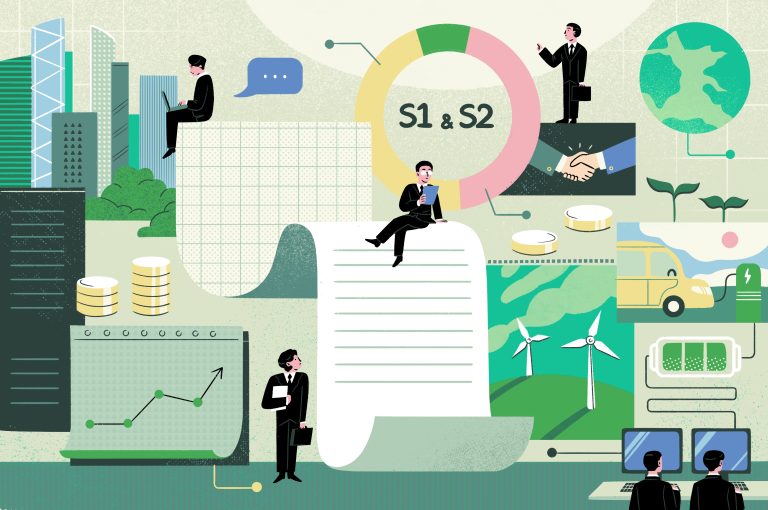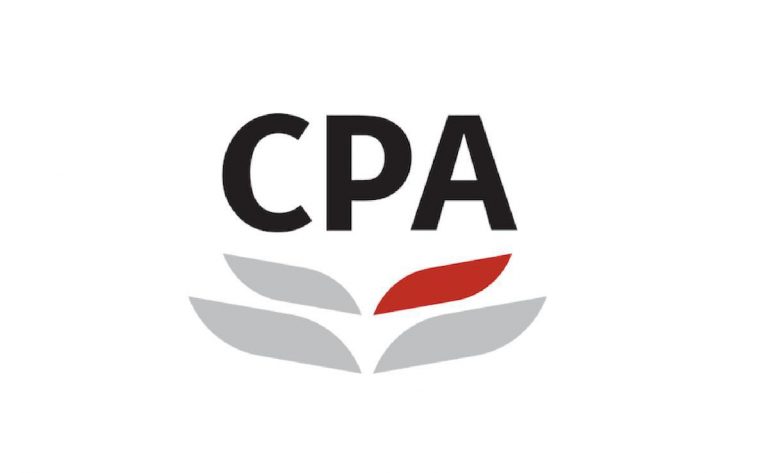Over 3,000 global companies and financial institutions are responding to the Science Based Targets initiative (SBTi) to reduce their carbon emissions based on climate science, with those who have formulated SBTi targets accounting for 35 percent of global market capitalization. The doubling of SBTi members last year indicates that setting science-based targets will become a common practice for large organizations in the future.
This is not simply an issue about climate, but a broader trend where society is calling on organizations to make bold commitments to sustainable development. Many organizations are taking the initiative to incorporate sustainable goals in their operations, even if they may not fully comprehend the path towards sustainability.
Ambitious carbon reduction goals can only be achieved through end-to-end transparency from design, procurement to manufacturing and distribution. To avoid greenwashing, organizations must stay transparent throughout their carbon reduction targets journey.
Supply chain challenges
Carbon emissions associated with supply chains (referred to as Scope 3 emissions) can make up 65-90 percent of an organization’s total carbon footprint. However, without a clear supply chain management system, it can become challenging for organizations to understand how to approach supply chain management and implement effective emission reduction changes. When organizations consider the sustainability of their supply chain, they should strengthen their management to consider the following factors:
Expanding areas of sustainability-related concerns: Companies are prone to new sustainability risks and expectations (carbon, water, waste, biodiversity, etc.), which will broaden the extent of coverage over their supply chain monitoring and reporting.
Increasingly refined disclosure requirements: Regulatory bodies have coincidentally concluded that companies are required to disclose more information about their supply chains, including the proposed Scope 3 reporting requirements by the United States Securities and Exchange Commission, the European Union’s Corporate Sustainability Reporting Directive and its Carbon Border Adjustment Mechanism, as well as the Hong Kong Exchanges and Clearing Limited’s new climate disclosure requirements.
Higher expectations for assurance: An increasing number of both local and international investors and stakeholders expect environmental, social and governance (ESG)-related information disclosures to undergo independent third-party assurance.
To ensure that organizations are fulfilling their commitments and obligations, they need to establish a transparent supply chain system, and partner with capable suppliers who are willing to disclose information to them in an innovative manner.
Focusing on organizations’ “real” performance
Organizations should step out of the mentality of solely following a compliance-focused assessment logic, and placing excessive emphasis on document reviews with the belief that as long as the right documents are provided, they are likely to “pass the assessment.” Currently, with the proliferation of corporate carbon reduction commitments, there is a growing public interest in organizations’ ESG performance. Improvement of data availability and more systematic government supervision are also driving the trend towards better and more accurate assessment and disclosure. In essence, the increasing ambition of organizations and the intensification of external scrutiny are driven by the understanding that compliance does not automatically equate to goal achievement. The public no longer places trust solely on evaluation results derived from document reviews, prompting organizations to make changes accordingly and focus more on the true performance of suppliers.
Furthermore, should organizations continue to rely solely on document reviews despite being aware of its constraints, they may be exposed to public criticism and pressure due to their lack of action and greenwashing practices.
How to build a sustainable supply chain?
Firstly, organizations should formulate strategies and goals for sustainable supply chains and incorporate sustainability assessments into supplier management. Suppliers, in turn, need to make prompt adjustments and adopt cost-saving approaches to reduce use of materials, energy, chemicals, water and other resources. Such requirements should also be relayed down the value chain, from clients to sub-suppliers to ensure consistency of information.
Suppliers often perceive that implementing sustainable development plans require substantial financial support, and that it comes with significant risks. In reality, they may lack accurate data analysis and insights to help them seize the opportunities and take prompt and appropriate actions. Hence, many suppliers will require support from larger and more experience partners.
Secondly, it is imperative for organizations to set forth transparent standards and monitoring guidelines. This requires greater investment in both manpower and resources to promote supplier awareness, setting new supplier standards, and facilitate suppliers’ certification under the new criteria. Suppliers also need to actively cooperate and disclose accurate information according to the standards.
Finally, it is crucial for organizations and suppliers to explore ways to incorporate the concept of circular economy into their product design and procurement workflow, for example investigating feasible ways to recycle old products for repair and reuse, or upcycling to minimize resources wastage.
In conclusion, a strategic approach is crucial for enhancing the sustainability of the supply chain, for which risks and opportunities are identified, and action priorities can then be finalized based on their related impacts, feasibility analysis and financial viability. This strategic approach enables the development of optimal solutions, which encompass risk assessment and response, procurement practice adjustments, exploration of new supply chain partners, supplier audit monitoring, and support for suppliers in taking actions while maintaining current production capacity or profitability.
















